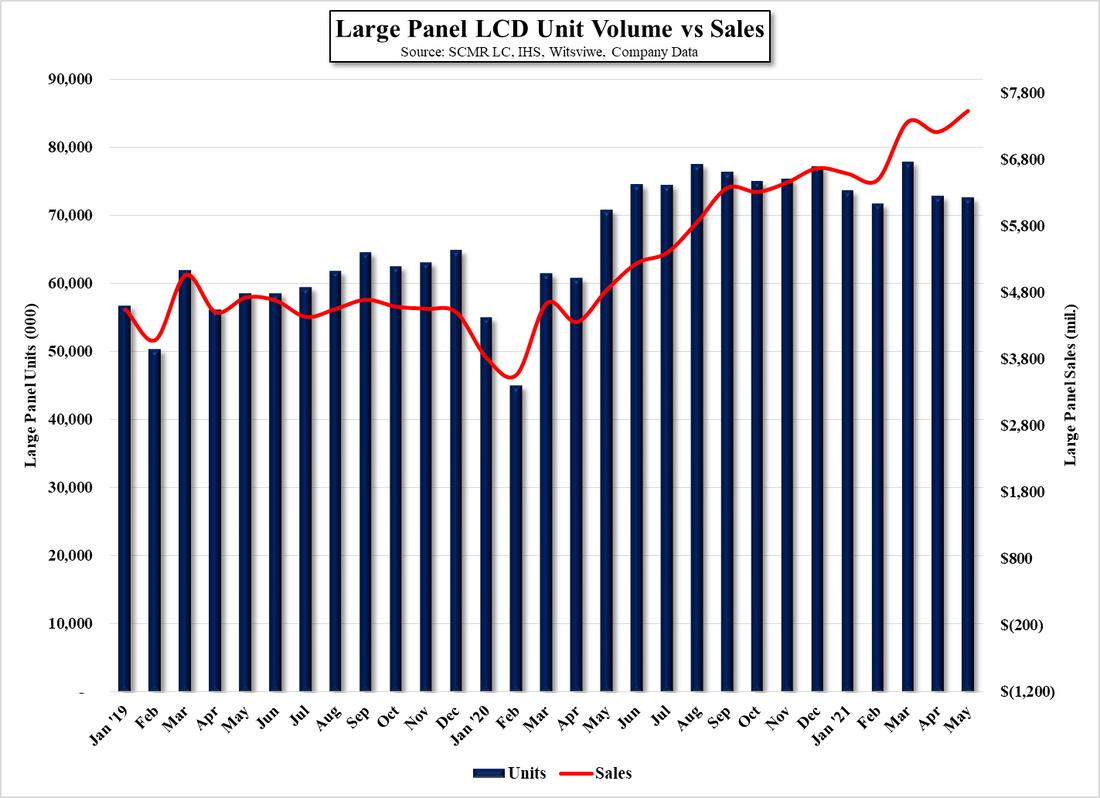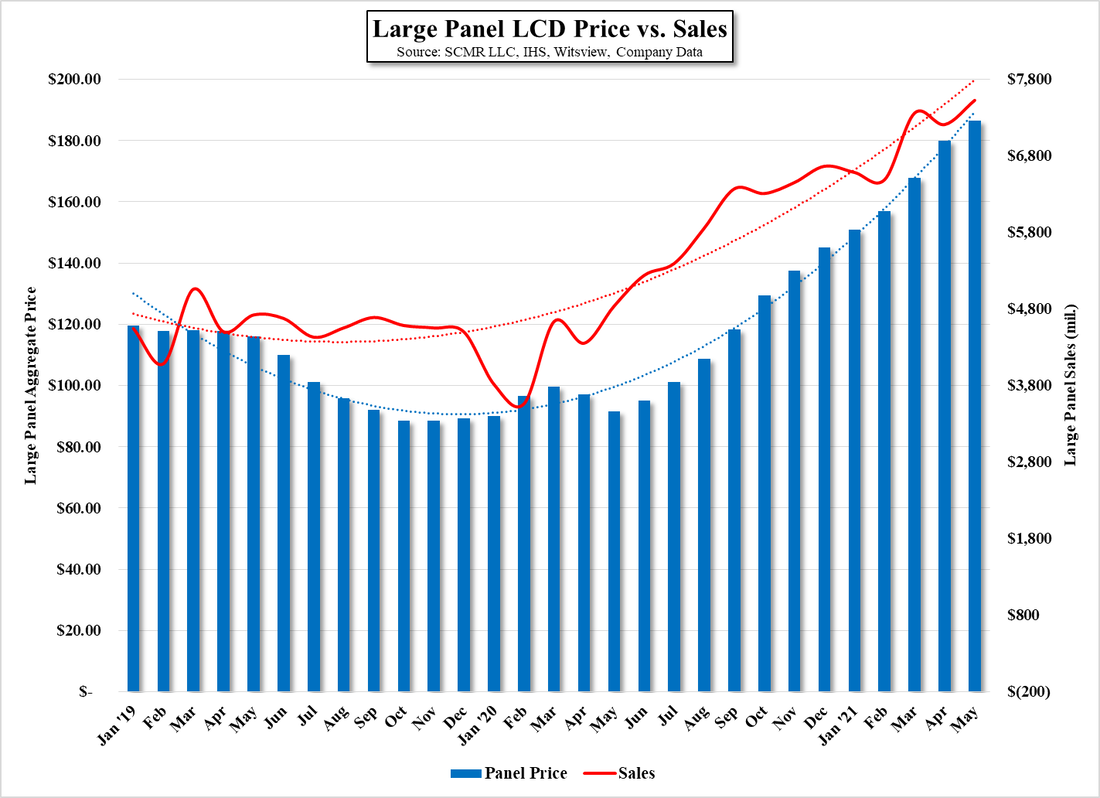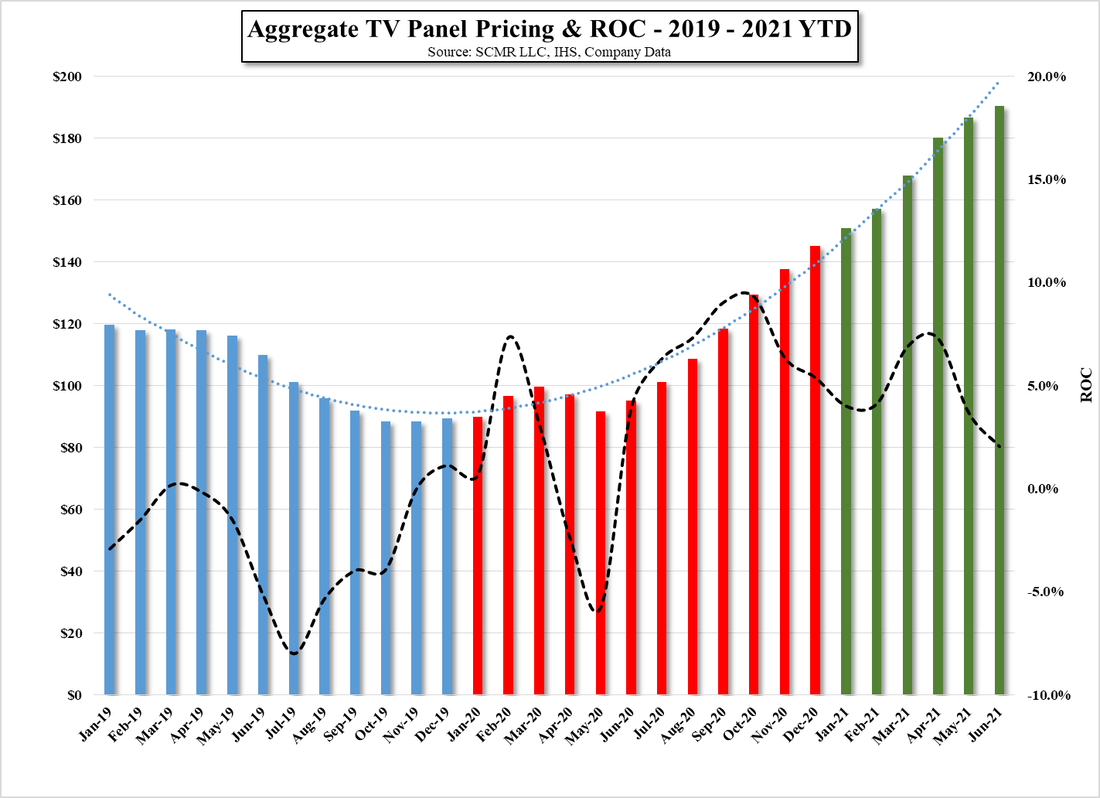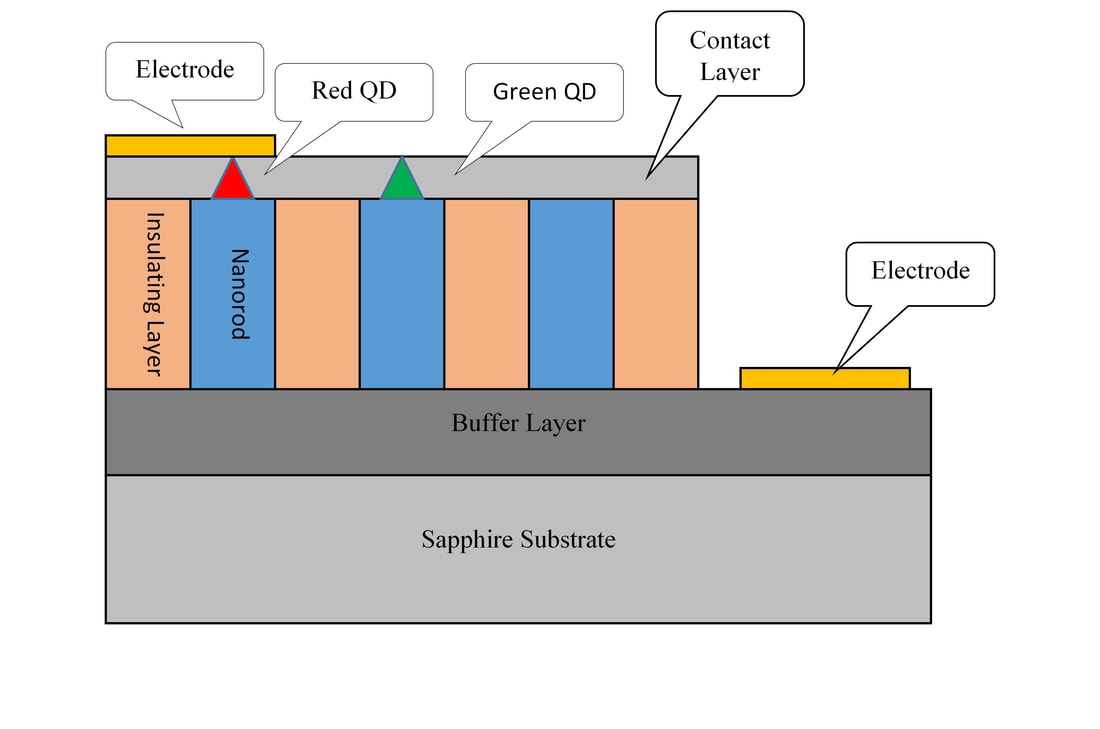Samsung TV - The Gift That Keeps on Giving and Giving and Giving
With this last set of price changes which occurred on Saturday, 23 of the 32 models (71.9%) have been discounted at least once, while 11 (28.1%) have been discounted twice, and 3 (9.4%) have been discounted three times., and the average discount among the Mini-LED TVs is now 15.5% (up from 14.9% last week) from their original prices, while those that are QD only have seen an average discount of 9.4% (up from 7.5% last week).
As we have noted previously, we believe the reason that Samsung is being so aggressive on pricing with this new TV line is that it was overpriced from the beginning. Samsung typically gets a bit of a premium for its sets, perhaps not quite as much as Sony (SNE), but more than its Chinese brand competitors. Since this is technically Samsung’s first shot at a full Mini-LED/QD line, they had no way to gauge where consumers would buy, and took a shot with higher prices. We expect as the quarter progressed, Samsung discovered that sales were not quite as robust as expected and began the process of offering discounts, and as we get closer to the end of the quarter, those discounts get closer together and a bit more aggressive in order to book as many units as possible.
As Chinese TV brand TCL (000100.CH) was the first to offer a mini-LED TV to retail customers, and is already on their 3rd iteration, and typically Chinese brands tend to be lower priced than those from South Korea. In order to illustrate how far apart pricing between Samsung’s Mini/QD line and TCL’s, we offer the table below which compares TCL’s current offerings with those of Samsung. We note that absolute comparisons are not possible as each model has a variety of features and specifications, but at least from the standpoint of the sets being at a minimum of 4K and containing both Mini-LED backlights and quantum dot enhancement, the comparisons are similar. While TCL only offers single models of each, Samsung offers two price points, both of which we list, along with Samsung’s original and current prices, and the premium associated with Samsung’s current prices over TCL.










 RSS Feed
RSS Feed